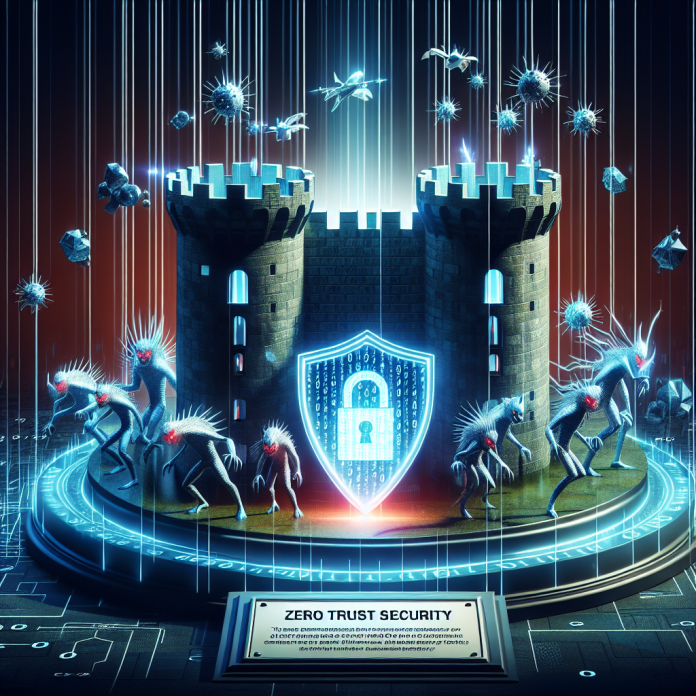In today’s interconnected world, cyber threats have become an ever-increasing concern for organizations of all sizes. As a result, the importance of implementing robust cybersecurity measures, such as Zero Trust Security, has grown significantly in recent years.
What is Zero Trust Security?
Zero Trust Security is a cybersecurity framework that emphasizes the concept of “trust no one, verify everything” when it comes to granting access to an organization’s systems and data. Unlike traditional security models that rely on perimeter-based defenses, Zero Trust Security assumes that threats can come from both inside and outside the organization, and therefore requires continuous verification of users and devices before granting access.
Why is Zero Trust Security Important?
With the rise of remote work and cloud-based services, traditional security models are no longer effective in protecting organizations from advanced cyber threats. Zero Trust Security helps organizations mitigate these risks by implementing strict access controls, data encryption, and continuous monitoring of network traffic.
Furthermore, the growing number of data breaches and cyber attacks in recent years has highlighted the need for organizations to adopt a more proactive and defensive approach to cybersecurity. Zero Trust Security provides a comprehensive framework that can help organizations stay ahead of evolving threats and protect their sensitive information.
Implementing Zero Trust Security
Implementing Zero Trust Security requires organizations to adopt a holistic approach to cybersecurity that includes the following key components:
- Identity and Access Management: Organizations should carefully manage user identities and implement multi-factor authentication to verify user access.
- Network Segmentation: Segregating networks into smaller, more secure segments can help prevent lateral movement by cyber attackers.
- Encryption: Data encryption should be used to protect sensitive information both at rest and in transit.
- Continuous Monitoring: Organizations should monitor network traffic, user activity, and device behavior to detect and respond to potential security threats.
Conclusion
As cyber threats continue to evolve and become more sophisticated, the need for robust cybersecurity measures, such as Zero Trust Security, has never been greater. By implementing a Zero Trust Security framework, organizations can better protect their sensitive data, reduce the risk of data breaches, and strengthen their overall cybersecurity posture in an increasingly digital world.

